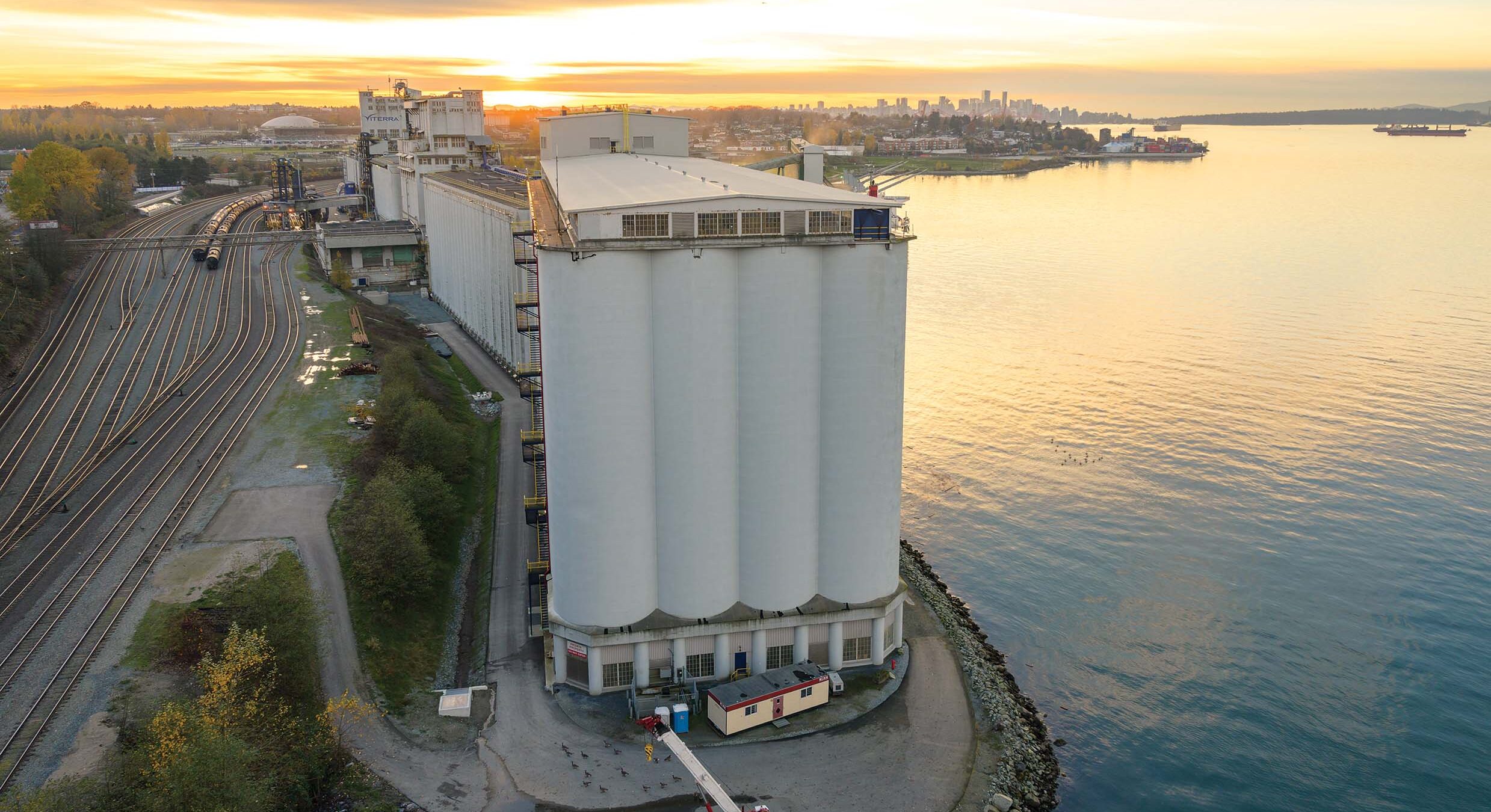Quest to turn off secondary dormancy




New projects launched in the past year will look into nitrogen-fixing bacteria, humic-acid-coated phosphorus, finding resistance to verticillium stripe, and capturing ancestral diversity for developing climate ready canola. Ongoing projects include research into biologicals for insect management, phenology-based weed control, and new techniques to breed for disease resistance and environmental stress tolerance. Canola growers contribute to these projects through their levy payments to SaskCanola, Alberta Canola and Manitoba Canola Growers. Many projects are also collaborations with other commodity groups and other Prairie-wide funders, including Western Grains Research Foundation.

Canadian Canola, in human form, connects with Canadians in a warm, approachable fashion, sharing interesting facts about canola’s versatility and value to the Canadian economy.

SaskCanola, Alberta Canola and Manitoba Canola Growers, through their representation in national organizations, work together to enhance the trade of canola seed, oil and meal around the world.